Israel destroys three Gaza high-rises in three days as UN warns of “deeper catastrophe”
The Israeli military has destroyed three high-rise buildings in Gaza over three consecutive days, saying the sites housed Hamas operations. Hamas and Gaza officials rejected the claim, accusing Israel of targeting civilians. The UN has warned that the humanitarian situation is worsening rapidly.
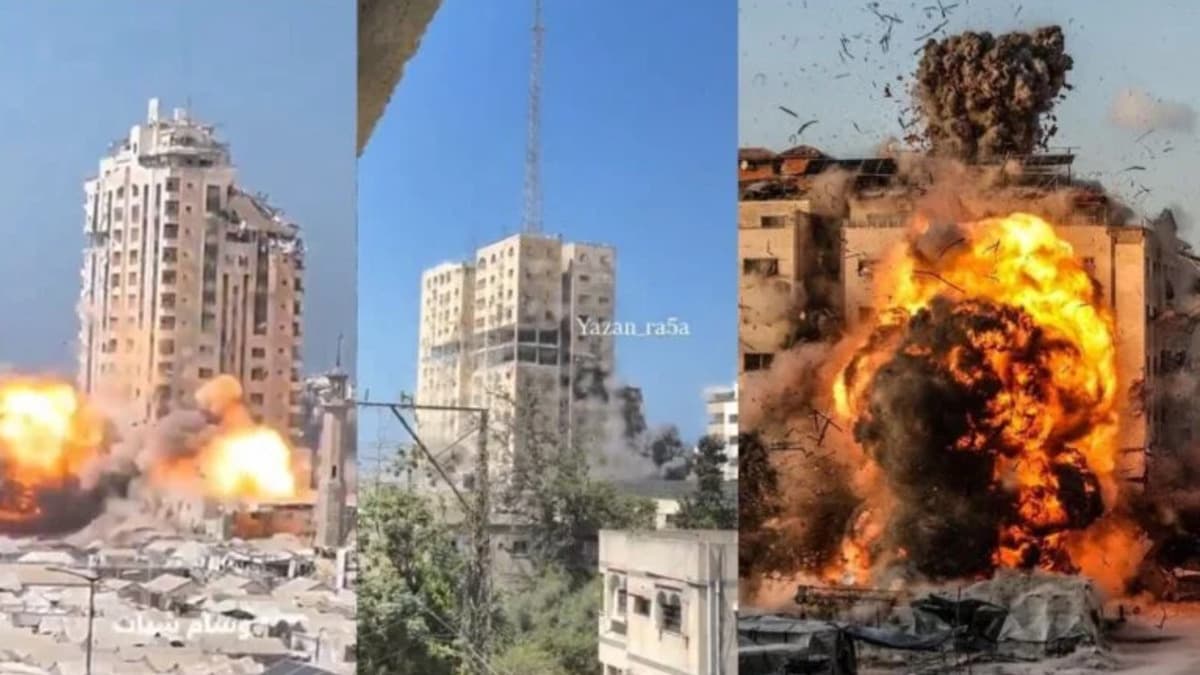
- The Israel Defense Forces (IDF) destroyed three high-rise buildings in Gaza between 5 and 7 September, citing Hamas activity inside.
- Hamas and Gaza officials denied the allegations, accusing Israel of “forced displacement” and “collective punishment”.
- UN experts have called for an emergency General Assembly session, warning that Gaza faces famine and mass civilian suffering.
The Israeli military has destroyed three high-rise buildings in Gaza over three consecutive days as part of its intensified offensive across the enclave.
In a statement issued on 5 September, the Israel Defense Forces (IDF) said it had identified “significant Hamas terrorist activity within a wide variety of infrastructure sites in Gaza City, and particularly in high-rise buildings”, adding that it would target those sites “in the coming days”. Less than an hour later, it confirmed that one such building had been hit.
Footage shared on social media showed the Mushtaha Tower, located in the Al-Rimal neighbourhood of Gaza City, collapsing after a massive explosion at its base. Smoke and dust filled the air as residents fled the scene.
On 6 September, the IDF struck the 15-storey Soussi Tower, a residential block containing more than 60 apartments. A day later, a third strike hit the seven-storey Al-Ruya Tower, which housed over 30 apartments.
According to Anadolu Agency, residents and displaced families sheltering nearby were forced to evacuate after the IDF issued advance warnings. The Israeli military said it had taken “precautionary measures to mitigate harm to civilians”, including issuing alerts ahead of the strikes.
It claimed that Hamas had installed intelligence-gathering equipment and observation posts in the towers to monitor IDF troop movements and had planted explosive devices nearby.
A senior Hamas official, Ezzat al-Rishq, rejected these claims as “flimsy excuses and blatant lies”. He accused Israel of using false justifications to legitimise what he called “heinous crimes against unarmed civilians” and the “total destruction of the Gaza Strip”.
Gaza civil defence spokesman Mahmud Bassal also condemned the attacks, accusing Israel of pursuing “a policy of forced displacement against civilians” through its targeting of residential towers.
The latest round of strikes follows increasingly aggressive rhetoric from Israeli leaders. Defence Minister Israel Katz declared on 5 September that “the bolt has now been removed from the gates of hell in Gaza”, warning that operations would intensify until Hamas accepted Israel’s terms.
“When the door is opened, it will not be closed, and IDF activity will intensify – until the Hamas murderers and rapists accept Israel’s conditions for ending the war, headed by the release of all the hostages and disarmament – or they will be destroyed,” Katz said.
Foreign Minister Gideon Saar echoed that stance, urging Hamas to surrender. “We will be more than happy to reach this objective with political means,” he told reporters in Jerusalem.
However, senior Hamas official Bassem Naim told Reuters that the group would not disarm and would only release remaining Israeli hostages if Israel ended its war and withdrew from Gaza.
Meanwhile, humanitarian agencies have sounded fresh alarms over the situation in Gaza. The United Nations Office for the Coordination of Humanitarian Affairs (OCHA) warned on 3 September that Israel’s ongoing offensive, combined with widespread famine conditions, risked plunging civilians into “an even deeper catastrophe”.
Between 14 and 31 August alone, more than 82,000 new displacements were recorded, including nearly 30,000 people moving from northern to southern Gaza.
OCHA said many households were unable to relocate due to costs, unsafe routes or disabilities. Older people and those with limited mobility were described as particularly vulnerable.
The agency noted that food shortages, fuel scarcity, and ongoing airstrikes have made humanitarian operations nearly impossible to sustain at scale.
On 5 September, UN human rights experts issued an urgent appeal for the UN General Assembly to convene an emergency meeting before the 17 September deadline to address what they described as “mass atrocities” unfolding in Gaza.
The experts said the international community must act “immediately and decisively” to halt the escalating crisis.
“Silence and inaction are not an option in the face of mass atrocities,” the experts said. They called for the General Assembly to demand unrestricted humanitarian access under UN supervision, authorise UN-led aid convoys, and push for a permanent ceasefire alongside the release of detained Palestinians and Israeli hostages.
“The situation in Gaza is intolerable and unconscionable,” they said. “The General Assembly must uphold its duty to protect civilians and guarantee that life-saving assistance reaches people in Gaza without obstruction or delay. Anything less makes the international community complicit in these grave violations.”
According to Gaza’s Ministry of Health, more than 64,300 Palestinians have been killed since the conflict began in October 2023, including at least 19,424 children. Thousands more remain missing beneath the rubble of destroyed buildings.
The strikes on Gaza’s high-rise buildings mark an escalation in Israel’s campaign, which has already left much of Gaza City in ruins. While Israel maintains that it is targeting Hamas infrastructure, humanitarian groups warn that the ongoing bombardment is pushing Gaza’s civilian population to the brink of collapse.
As calls grow for an immediate ceasefire and renewed diplomacy, the destruction of Gaza’s remaining urban structures underscores the deepening human toll of a war that shows no signs of abating.

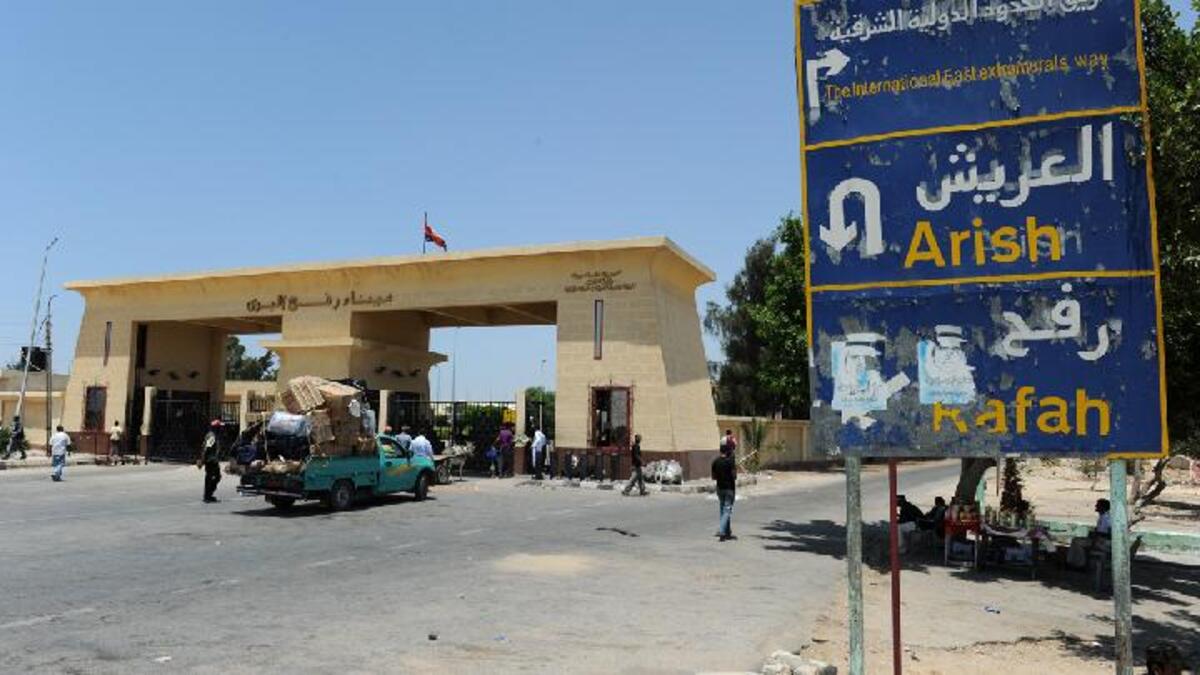
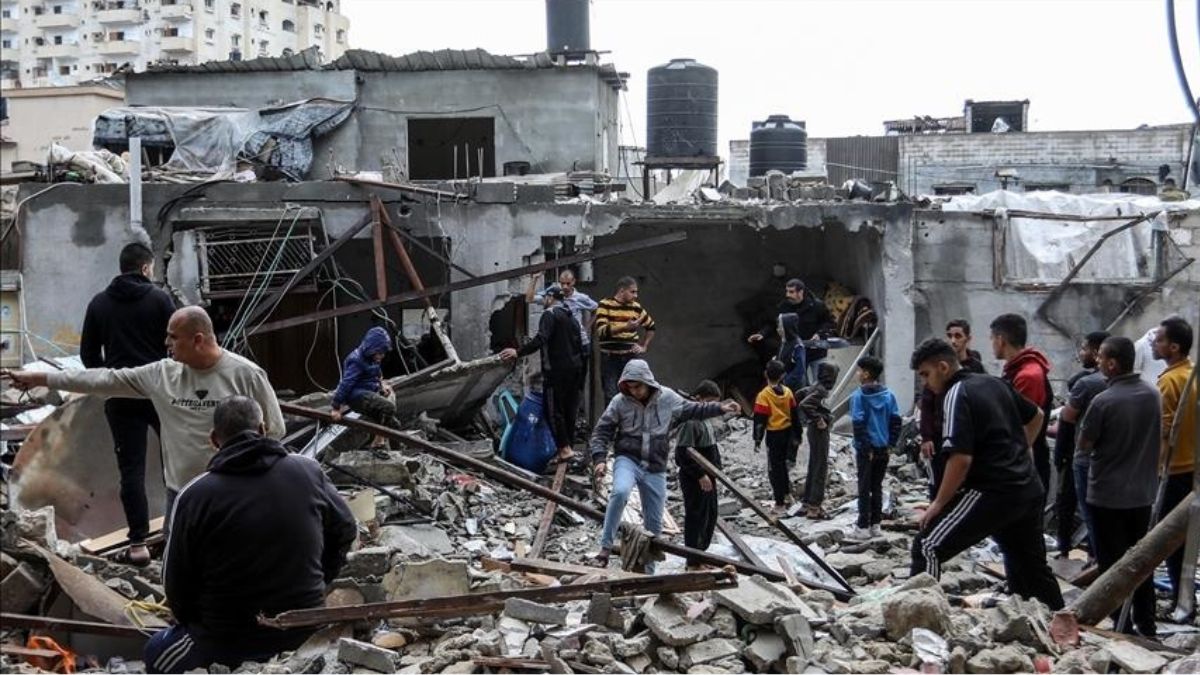

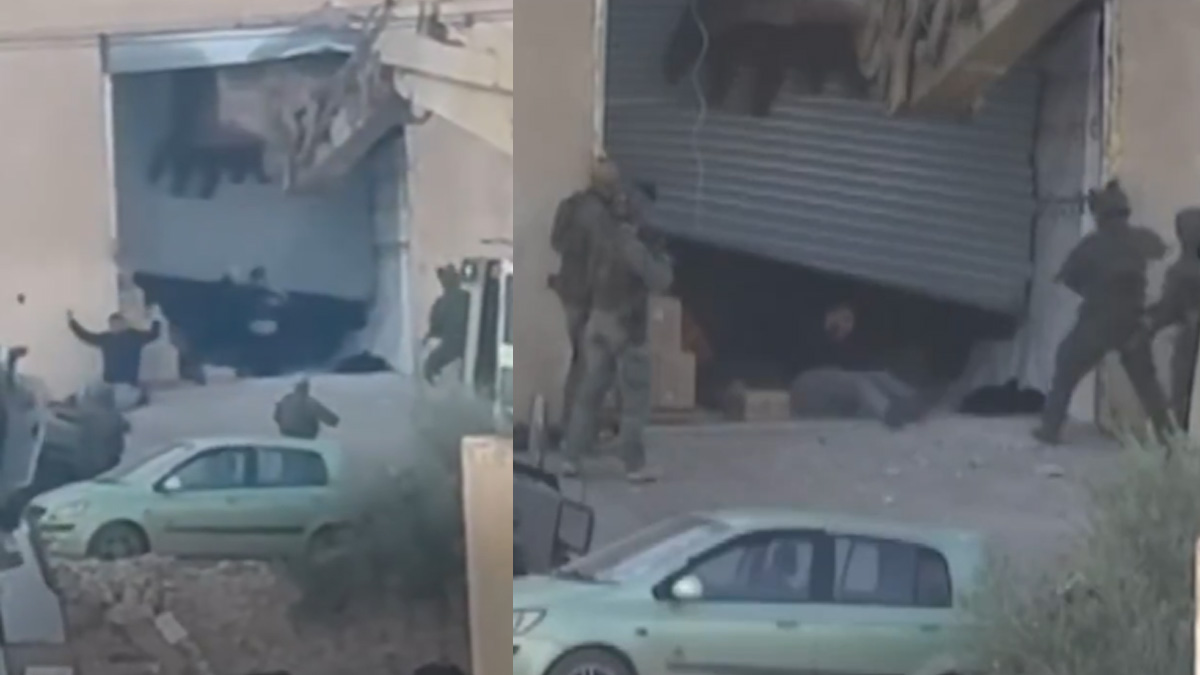



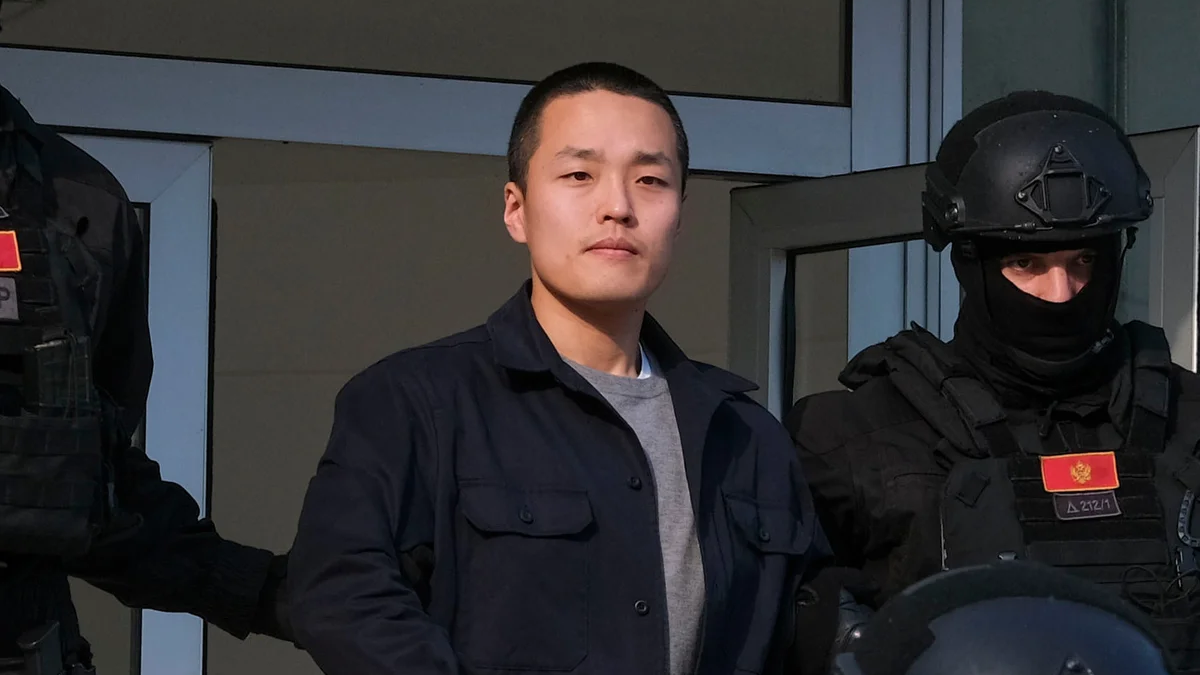
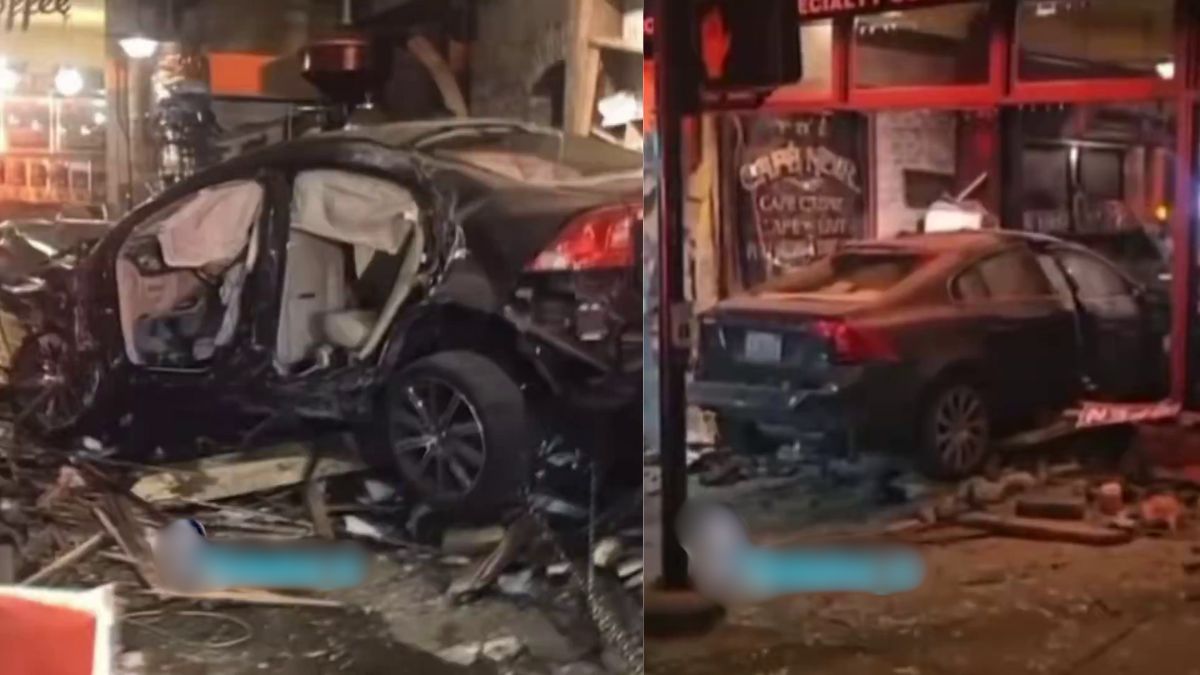
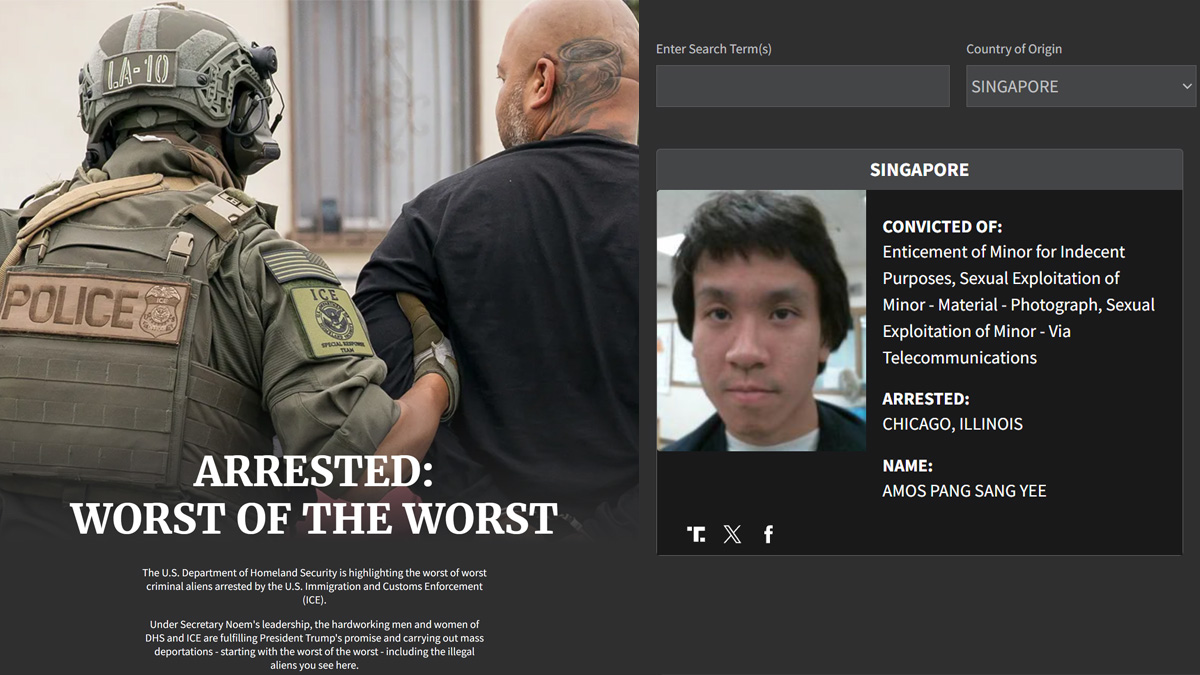
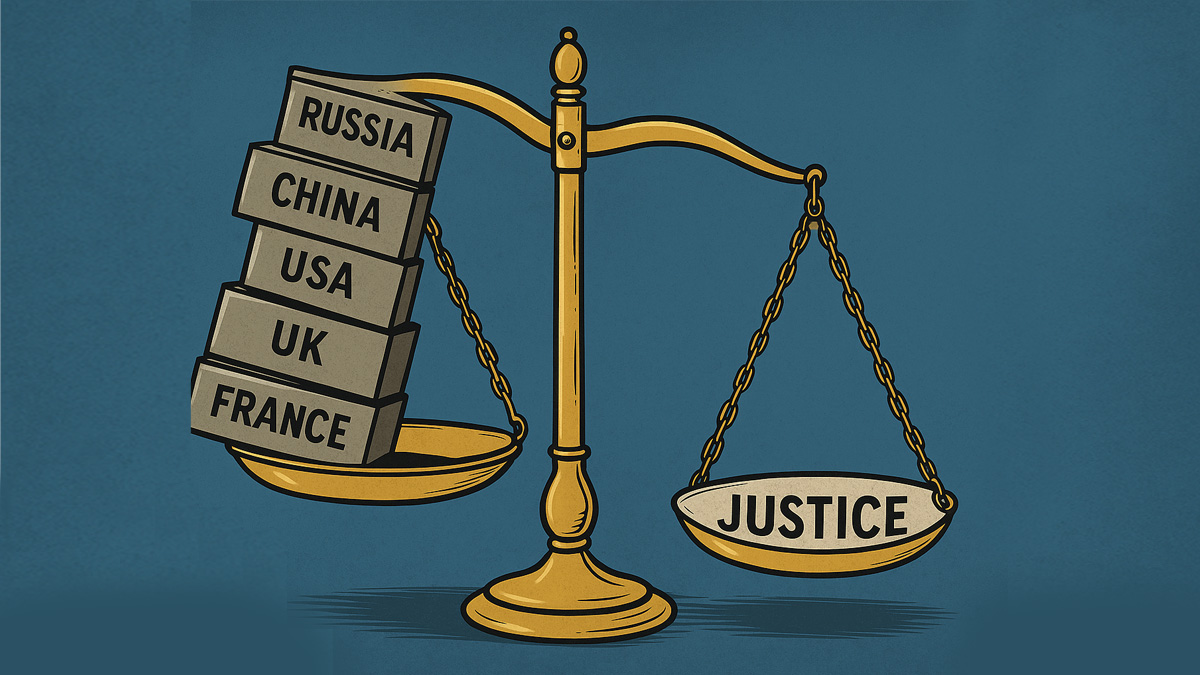
0 Comments